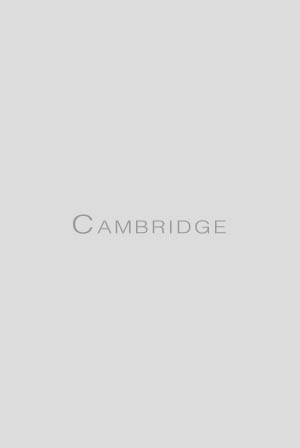No CrossRef data available.
Article contents
Madame Acarie (II)
Published online by Cambridge University Press: 28 February 2024
Extract
In a sketch of this nature much must be passed over. Pierre Acarie’s banishment from Paris, the extreme want to which his family was reduced, and the valiant and continued efforts— finally successful—made by his wife for the complete restoration of the family fortunes and the return of her husband, can be hut mentioned. Gladly she endured poverty, many insults, and much suffering, so that she might redeem her husband’s good name and property. Yet from the time of Pierre’s return his temper seems to have become sharper. It has been pointed out by some biographers that this change occurred in Pierre Acarie in direct proportion to his wife’s increase in holiness. Without going so far it may be said, perhaps, that Pierre’s increasing ill-humour, caused to a certain extent, no doubt, by his many reverses, the triumph of all that he abhorred, and the upset of his dearest political plans, was used by God in the sanctification of his wife. Women who sanctify themselves in marriage, as Barbe Acarie did, give to those they love, a love which is extremely pure for it is deprived of all element of self. They love, perhaps, no more than other wives, but surely they love better. For, to be able to live “in one flesh”, without that life becoming a veritable prison for the soul requires harmony of spirit. And such harmony is not attained without sacrifice. Barbe loved her husband, and the pursuit of perfection in no wise decreased her love.
- Type
- Research Article
- Information
- Copyright
- Copyright © 1945 Provincial Council of the English Province of the Order of Preachers
References
(1) Interior Castle. Stanbrook edition. Chap, iv, page 123. The following comment is from Père Bruno, op. cit. p. 122.




